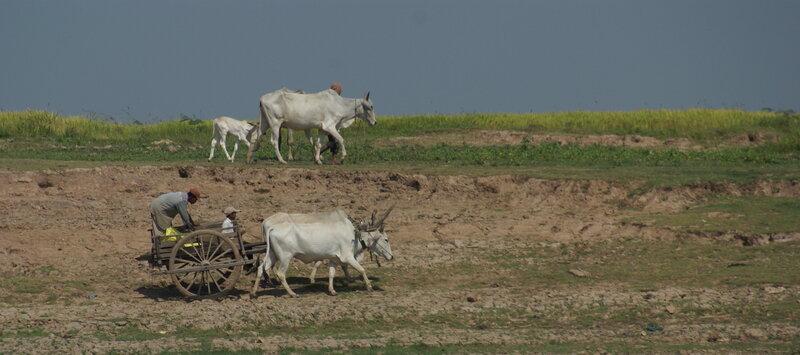Data from the Food and Agriculture Organization of the UN (FAO) shows that water shortages are now affecting more than 3 billion people around the world. The amount of freshwater available for each person has plummeted by a fifth over 20 years.
—
The UN recently warned that billions of people would face hunger and chronic food shortages as a result of failure to conserve water resources, and the accelerating climate crisis. This, as well as rising demand for water and poor management, has made agriculture increasingly difficult across the world.
What is Happening?
- The FAO’s State of Food and Agriculture 2020 report found that apart from the 3 billion people facing water shortages, 50 million people in sub-saharan Africa live in areas where severe drought devastates cropland and pastureland once every three years. More than 10% of the world’s rainfed cropland, and 14% of the world’s pastureland, experiences frequent drought.
- Rainfed agriculture represents 60% of global crop production, and 80% of land under cultivation, with the rest benefiting from irrigation. However, more than 60% of irrigated cropland around the world is highly water stressed. Incorrect irrigation can waste water, depleting non-renewable resources such as underground aquifers, and poor management can result in some farmers losing out on water resources – for example, if rivers and waterways are run dry by upstream irrigation.
- The report found that small-scale and farmer-led irrigation systems are often more efficient than large-scale projects. For example, large state-funded schemes in Asia rely on tapping into groundwater, putting pressure on the resource. However, small-scale farmers face difficulties, like a lack of secure water rights and limited access to finance and credit.
- In June, the UN urged action to change food production to make more resilient food systems, but this is no easy task. Qu Dongyu, director-general of the FAO and former vice-minister of agriculture and rural affairs in China says, “As the world aims to shift to healthy diets – often composed of relatively water-intensive foods, such as legumes, nuts, poultry and dairy products – the sustainable use of water resources will be ever more crucial. Rainfed agriculture provides the largest share of global food production. However, for it to continue to do so, we must improve how we manage water resources from limited rainfall.”
You might also like: UN Chief Urges Action For Rebuilding More Resilient Food Systems
Dongyu adds, “We must take very seriously both water scarcity (the imbalance between supply and demand for freshwater resources) and water shortages (inadequate rainfall patterns) for they are now the reality we all live with … Water shortages and scarcity in agriculture must be addressed immediately and boldly.”
Featured image by: Flickr

















